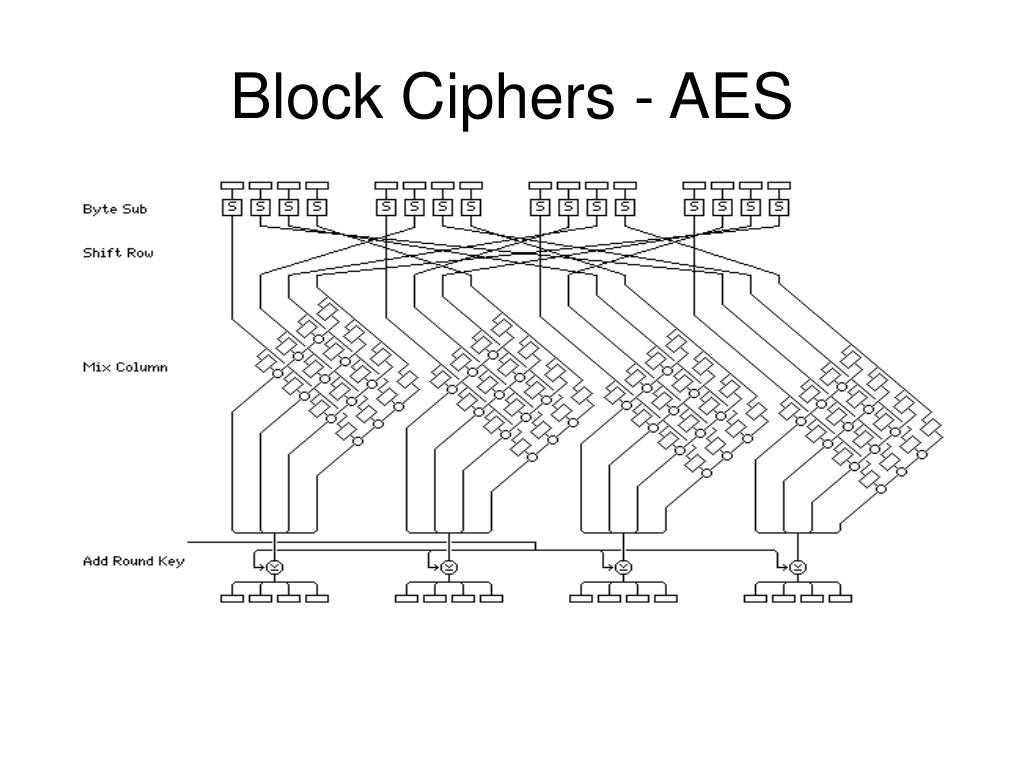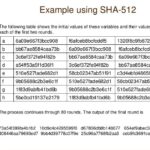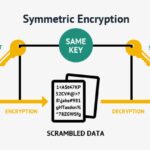In an ever-evolving digital landscape filled with threats and vulnerabilities, cryptography serves as our digital shield. At the heart of this domain lies a critical component known as the block cipher, epitomized by the Advanced Encryption Standard (AES). Understanding block ciphers is essential for anyone passionate about digital security, especially from a perspective that values integrity, privacy, and trust—ideals that resonate deeply within a Christian framework.
The concept of a block cipher can be both intriguing and complex. At its core, a block cipher encrypts data in fixed-size blocks, typically 128 bits. This means that regardless of the size of the data being encrypted, it will be divided into segments or “blocks” that the cipher can process. By using a key—a series of bytes that dictate how the transformation occurs—these data blocks are rendered into a seemingly incomprehensible format to any unauthorized observer.
Within the Christian perspective, the idea of ‘locking’ information can be found paralleled in biblical narratives where protecting one’s heart, mind, and spirit serves as a thematic underpinning. Just as block ciphers guard the integrity of data, scripture encourages believers to safeguard their hearts (Proverbs 4:23). Understanding how block ciphers work fosters a holistic view of protection that transcends mere digital metrics and taps into deeper spiritual contexts.
The AES block cipher is globally recognized for its robustness and efficiency. Adopted by the U.S. government in 2001, AES employs specific algorithms to secure information against unauthorized access. It operates through several rounds of encryption—typically ten, twelve, or even fourteen depending on the key length (128, 192, or 256 bits, respectively). Each round involves intricate processes including substitution, permutation, and mixing of the data and key, thereby producing an end product that is nearly impregnable against brute-force attacks.
To delve deeper into the mechanics, one must appreciate the structure of block ciphers like AES. The encryption process begins with the initial round key addition, where the key is combined with the data block. The subsequent rounds introduce operations such as substitution, where bytes are replaced according to a predefined table, known as an S-box. This is followed by a permutation stage where the order of bytes is scrambled, amplifying the confusion that an attacker would face. Finally, the last round culminates in another key addition, resulting in the final encrypted output.
From a Christian lens, the act of encryption can be likened to the divine protection surrounding one’s life. Just as God promises to be a refuge and a fortress (Psalm 91:2), block ciphers provide a digital sanctuary—guarding sensitive information from malevolent intentions. But while AES excels in providing security, it is imperative to acknowledge its inherent limitations. The effectiveness of AES is contingent upon the strength of the key and the integrity of the algorithms employed. As believers, this aligns with the biblical principle found in Matthew 7:7 about seeking wisdom—recognizing that the pursuit of protection requires diligence and discernment.
Moreover, the implementation of block ciphers calls for a robust infrastructure that ensures the consistent application of cryptographic principles. Developers and organizations must adhere to best practices, such as utilizing secure key management and regularly updating cryptographic protocols. In the same way, Christians are encouraged to practice regular renewal through prayer and fellowship, ensuring that one’s life reflects the principles of the Gospel.
As the world becomes more interconnected, the necessity for digital security grows exponentially. The implications of block ciphers extend beyond mere data protection—they have profound ramifications for privacy, trust, and the ethical stewardship of information. In a digital incarnation of the Protégé Principle, Christians are called to embody transparency and accountability, wielding these tools for the greater good.
Exploring block ciphers also invites us to confront the deeper societal issues surrounding privacy and surveillance. In an age where personal data can be mined, sold, or strangled by governmental oversight, understanding the role of block ciphers in safeguarding personal privacy is imperative. AES and its counterparts stand as powerful instruments against the primordial fear of exposure and loss of control, resonating with the promise of God’s protection over our personal sanctuaries.
Additionally, block ciphers operate on a philosophical principle of opposition—the concept of order and chaos, clarity and confusion. In encryption, clarity is achieved through the seemingly chaotic transformation of plain text into ciphered text. This paradox invites a reflection on the Christian belief in finding divine purpose amidst turmoil and uncertainty. The encryption process mirrors the believer’s journey; it is through trials and tribulations that one often finds refinement and clarity, akin to the meticulous rounds of encryption that help fortify data against insecurity.
In conclusion, a beginner’s excursion into the world of block ciphers, and AES in particular, reveals much more than a mere technical understanding. It serves as a springboard for profound reflections on protection, integrity, and moral responsibility in a rapidly changing world. Every time we engage with encryption—as users, developers, or advocates—we participate in a larger narrative of security that resonates with spiritual truth. In the digital cosmos, just as in life, safeguarding information and nurturing trust is not just a commodity but a calling, one that echoes the values gleaned from a robust Christian tradition of stewardship and witness.








Leave a Comment